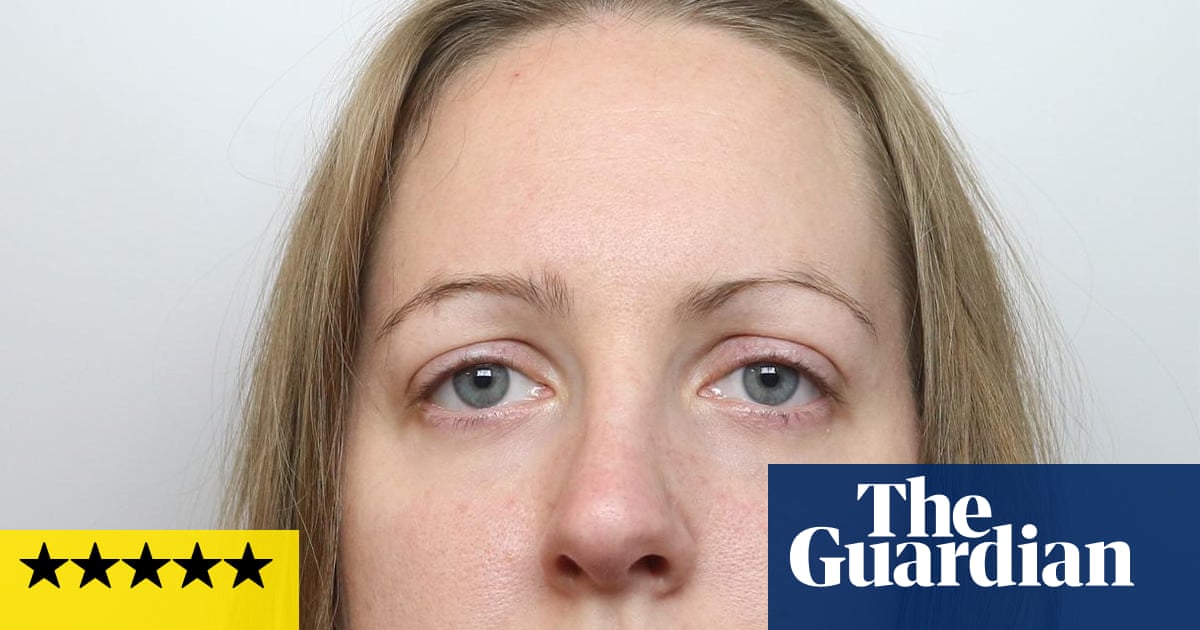
When three times more babies than expected die on a neonatal ward and one nurse is on duty during those deaths, it’s got to be pretty much an open-and-shut case, hasn’t it? Especially when breathing tubes have been clearly deliberately dislodged by someone from their tiny bodies and blood tests show spikes in insulin that can only be explained by the stuff being injected. And if you find someone who has written notes to herself about her guilt, then the way forward is clear. Lock the perpetrator up. Throw away the key.
Such was the initial and still persisting narrative in the case of Lucy Letby, the neonatal nurse at the Countess of Chester hospital in Cheshire who became, in tabloid parlance, “Britain’s worst child serial killer”, when she was convicted in 2023 of seven murders and seven attempted murders of the infants in her care.
Since then, there has been growing disquiet about the quality of the evidence against her and the reliability of her conviction. Lucy Letby: Beyond Reasonable Doubt sets itself the formidable task of forcing passion and sentiment aside and unpacking the science and statistics around the most contended pieces of evidence so that, perhaps, facts – buried, missed, distorted or otherwise – can be examined by a newly informed mass audience.
In its marshalling and explanation of complicated medical and mathematical issues, it succeeds brilliantly, covering more ground more meticulously in an hour than any documentary I’ve seen in recent years, and perhaps ever. It also – and this is possibly an even greater and more precious rarity – trusts its audience emotionally. It acknowledges but does not linger on the terrible suffering of the bereaved parents. If you cannot see that we all appreciate that their pain was and remains fathomless, the makers’ message seems to be that the fault lies with you and we will carry on with our stated objective meantime. It’s a confidence that I wish all documentaries could show.
Via a proliferating army of world experts on an array of issues brought up by the case, the alternative narrative is carefully put together. First there are questions asked and answered. Why was there a spike in mortality rates around the time Letby arrived? It is argued that she arrived at a time when the hospital was suddenly required to take in much sicker babies than it had before, babies it was hardly equipped to cope with. How do we explain that Letby was on duty every time a baby died or collapsed? The claim is made that she wasn’t – that the infamous shift chart that the prosecution used did not explain how its data was compiled and in fact showed only the fatalities and deteriorations during which she was present. If you compile a chart showing the proportion of all those that occurred on the ward during her period of employment, the correlation – and damnation – disappears.
What, then, of the dislodged tubes? As a witness for the prosecution, paediatric doctor Ravi Jayaram asserted that infants that age could not dislodge them themselves. This is simply not true, say experts including Dr Richard Taylor, a specialist in neonatal care with 30 years’ experience. “We’ve all seen it.” We hear that, on the stand, Dr Jayaram also stated that he saw Letby standing by doing nothing and raising no alarm as one baby’s oxygen levels dropped dangerously. However, we’re told that an email he wrote, which has been discovered since, suggests that he was present precisely because she had called him.
On we are taken, step by step, through alternative explanations for the insulin results, the Post-it notes on which Letby apparently confessed her guilt, and the rest of the circumstantial evidence amassed by the prosecution. Just one witness was called in Letby’s defence at trial – a hospital plumber, to testify to sewage issues and therefore possible hygiene problems on the ward. We also hear that the prosecution’s main witness, Dr Dewi Evans, has since changed his mind on how one of the babies Letby was convicted of killing died. And we are invited to consider how all of this should be weighted against Letby’s apparent lack of motive and, more implicitly, the extreme rarity of young, female serial killers of children.
The makers do not dwell on why Letby’s team put forward such a minimal defence, though I’m sure further and broader analyses will come in time, probably encompassing such factors as the trust we place in ministering angels and the fury we feel when it appears to have been betrayed, as well as the general public’s relative ignorance of science and how to compute data. But, by the end of this considered, brilliantly cogent hour you cannot help but feel that at the very least Letby’s conviction is unsafe. The final scenes are of her (new) lawyer Mark McDonald delivering an application to have her case re-examined to the Criminal Cases Review Commission. But this can only be granted if new evidence has come to light – and, technically, everything he has submitted was available to her original defence at the time. The question of what constitutes justice continues.
-
Lucy Letby: Beyond Reasonable Doubt? aired on ITV1 and is available on ITVX.








